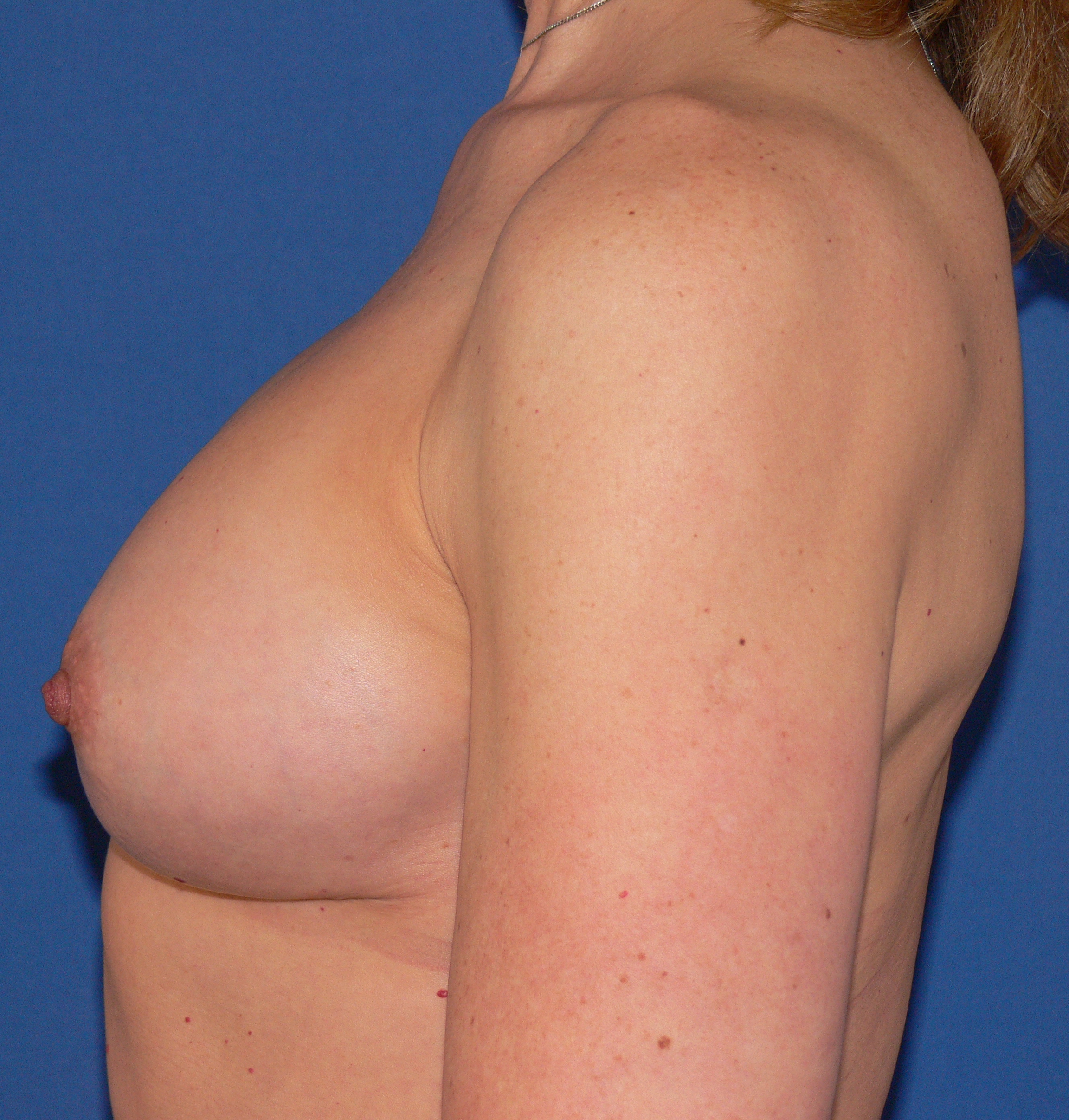Home » Breast Augmentation 1
pre-op and 12 months post-op
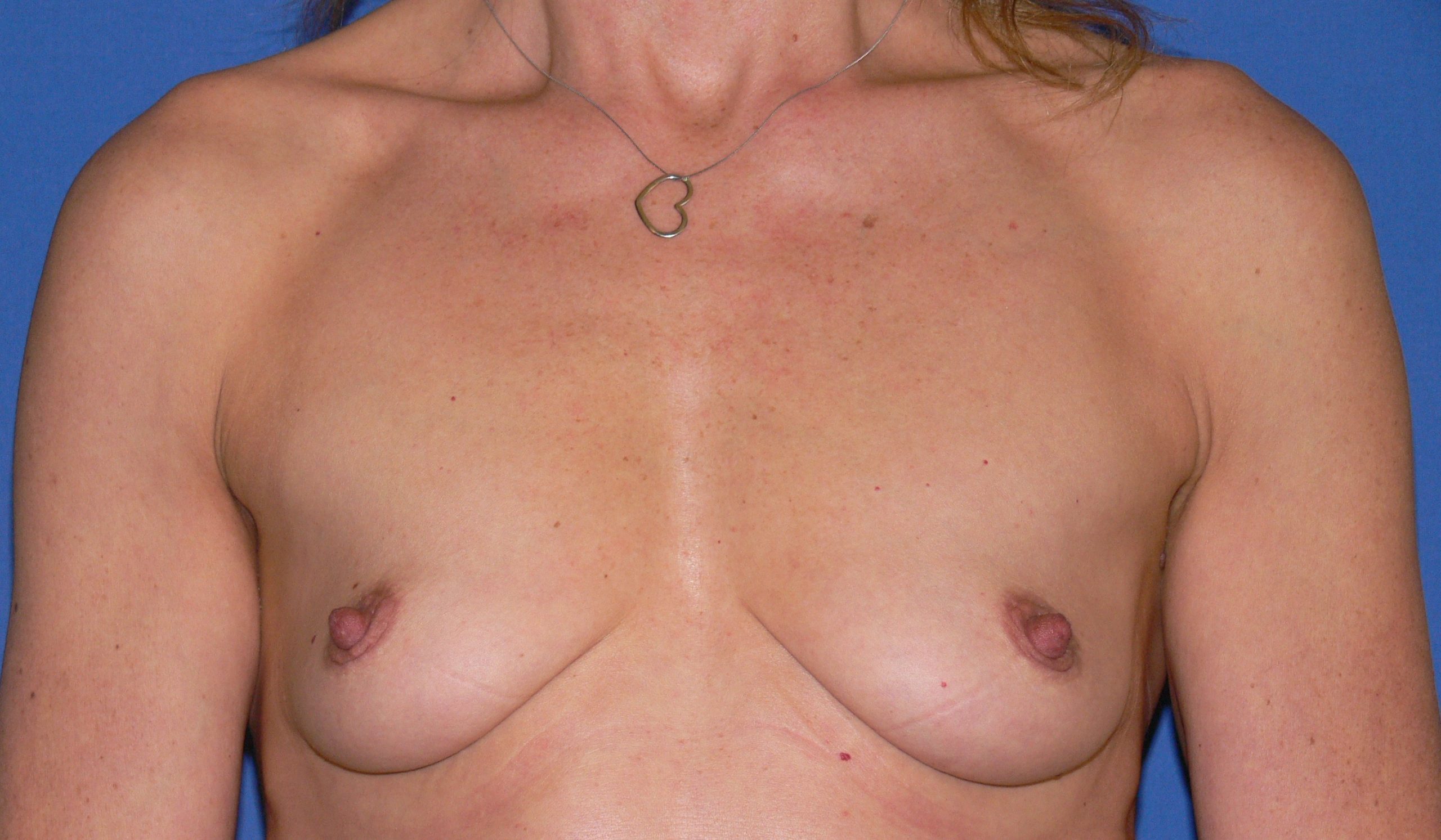
Before
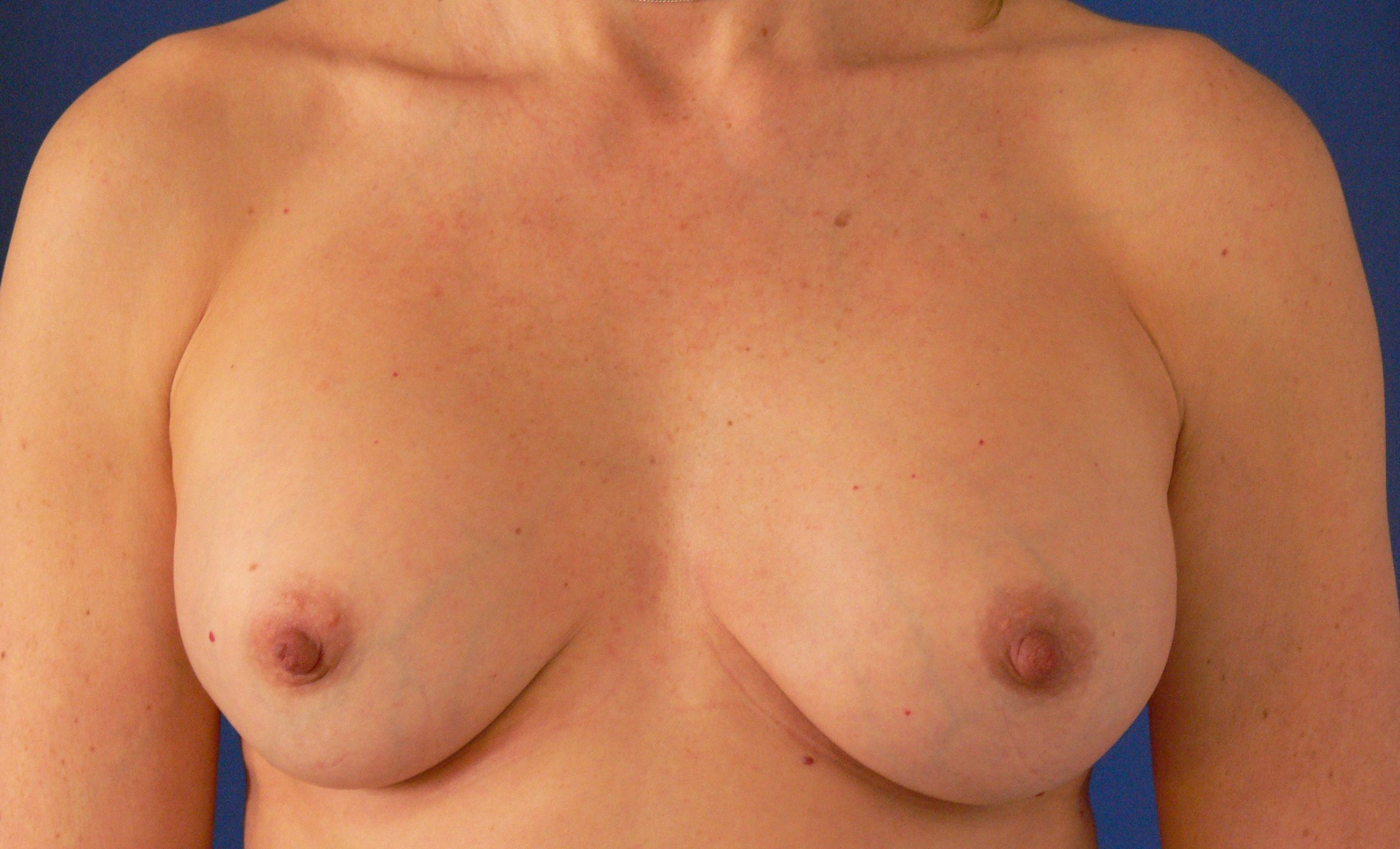
After
pre-op and 12 months post-op; 39, 3 pregnancies, no weight loss.
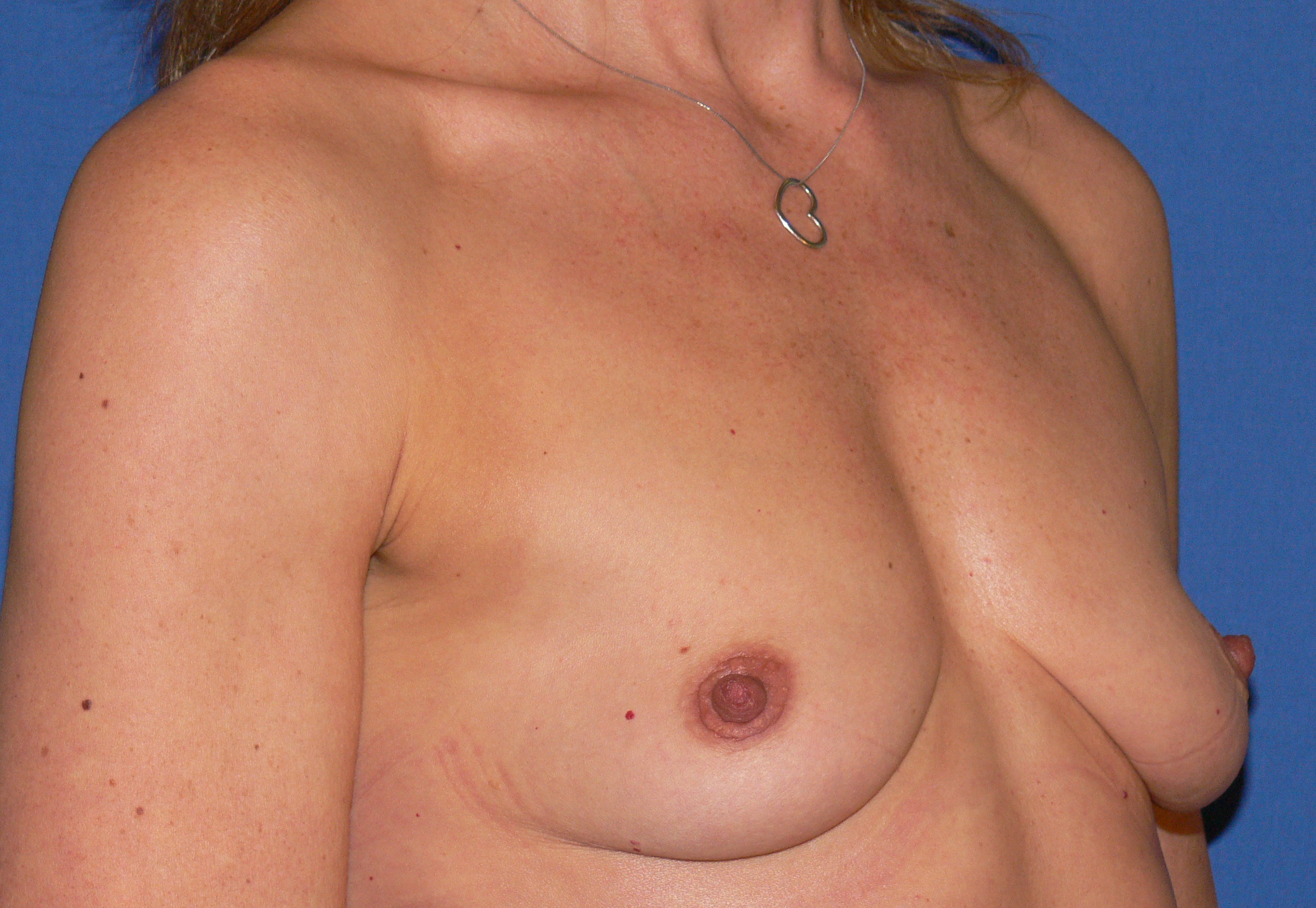
Before
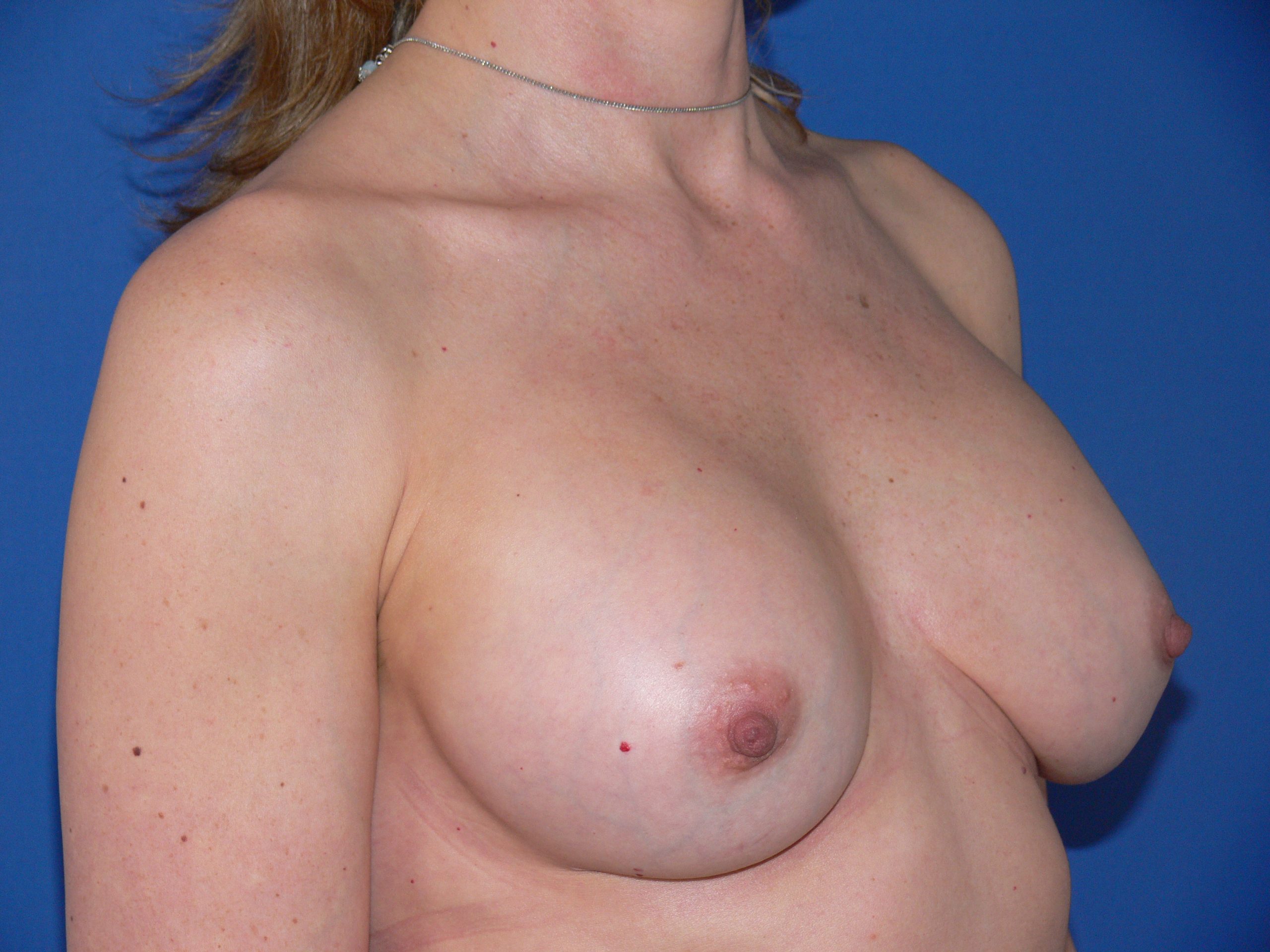
After
pre-op and 12 months post-op; 39, 3 pregnancies, no weight loss.
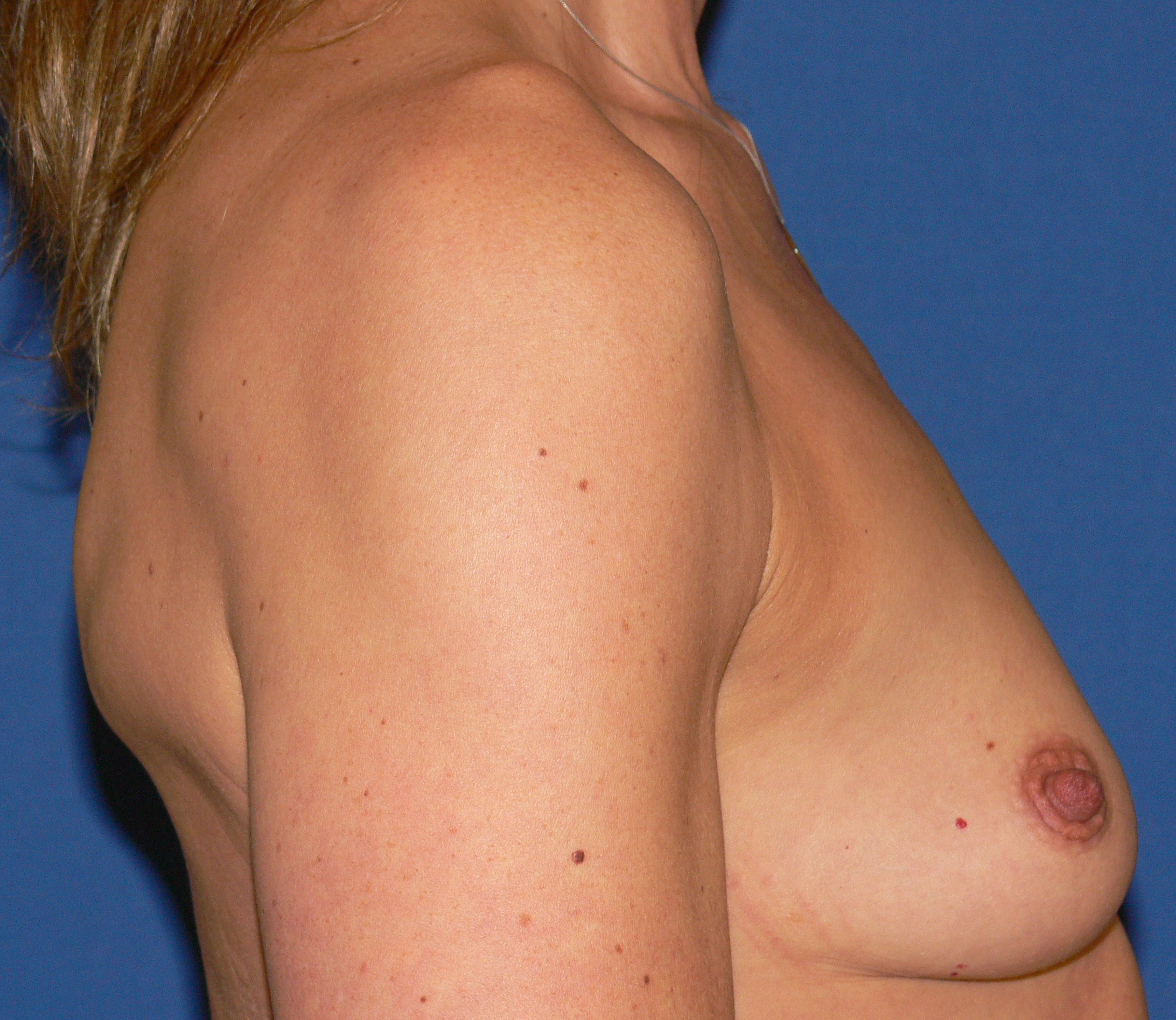
Before
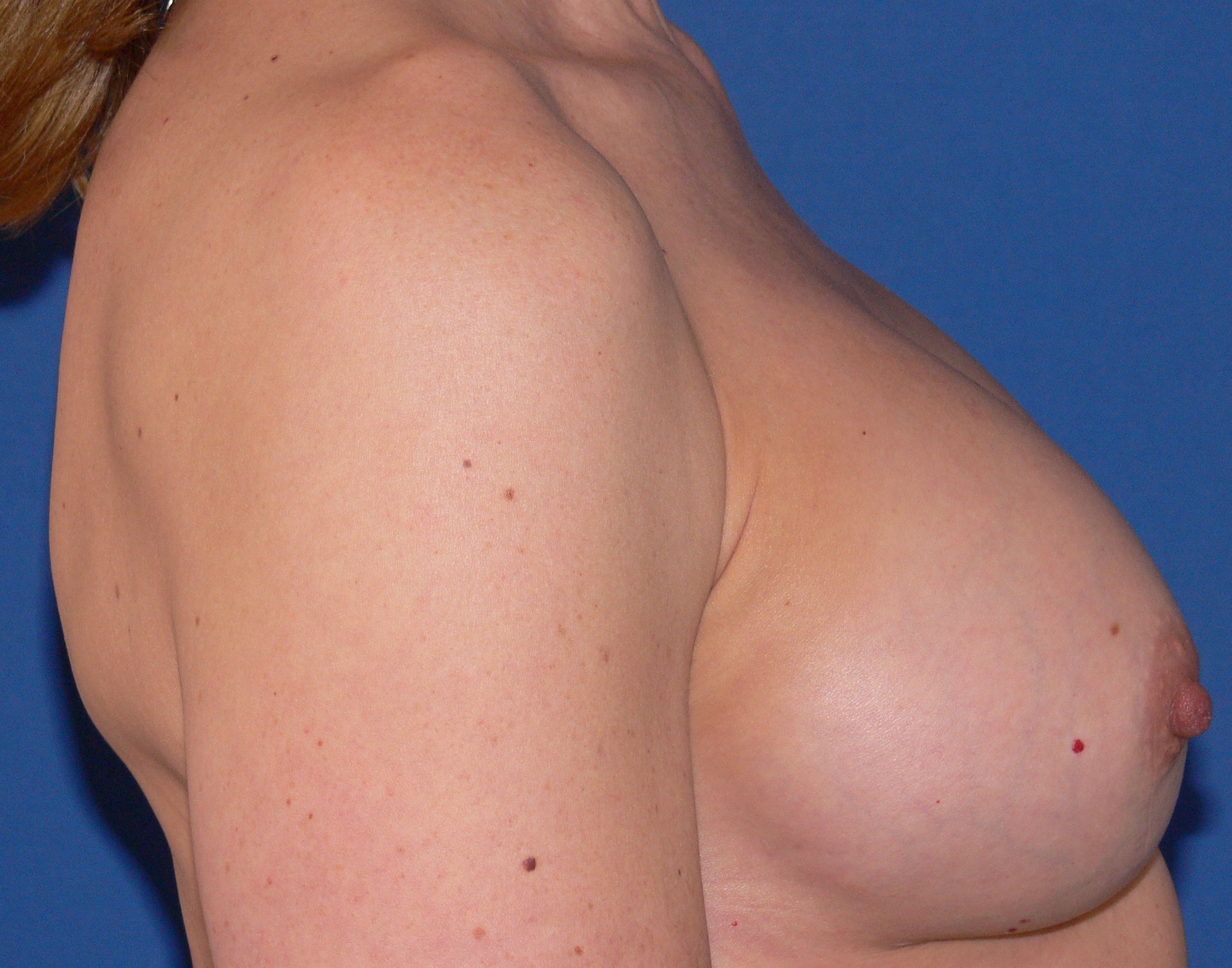
After
pre-op and 12 months post-op; 39, 3 pregnancies, no weight loss.

Before
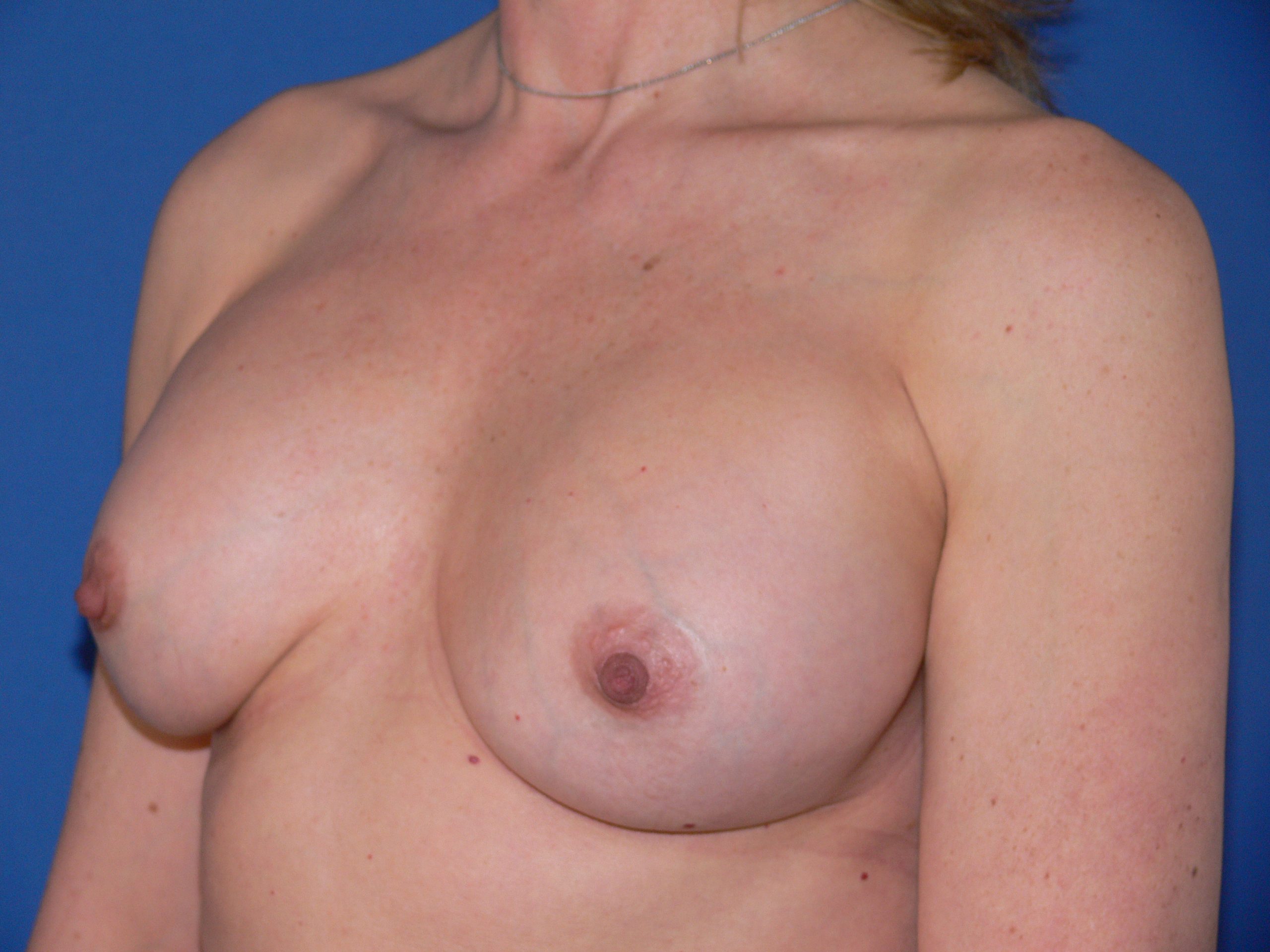
After
pre-op and 12 months post-op; 39, 3 pregnancies, no weight loss.
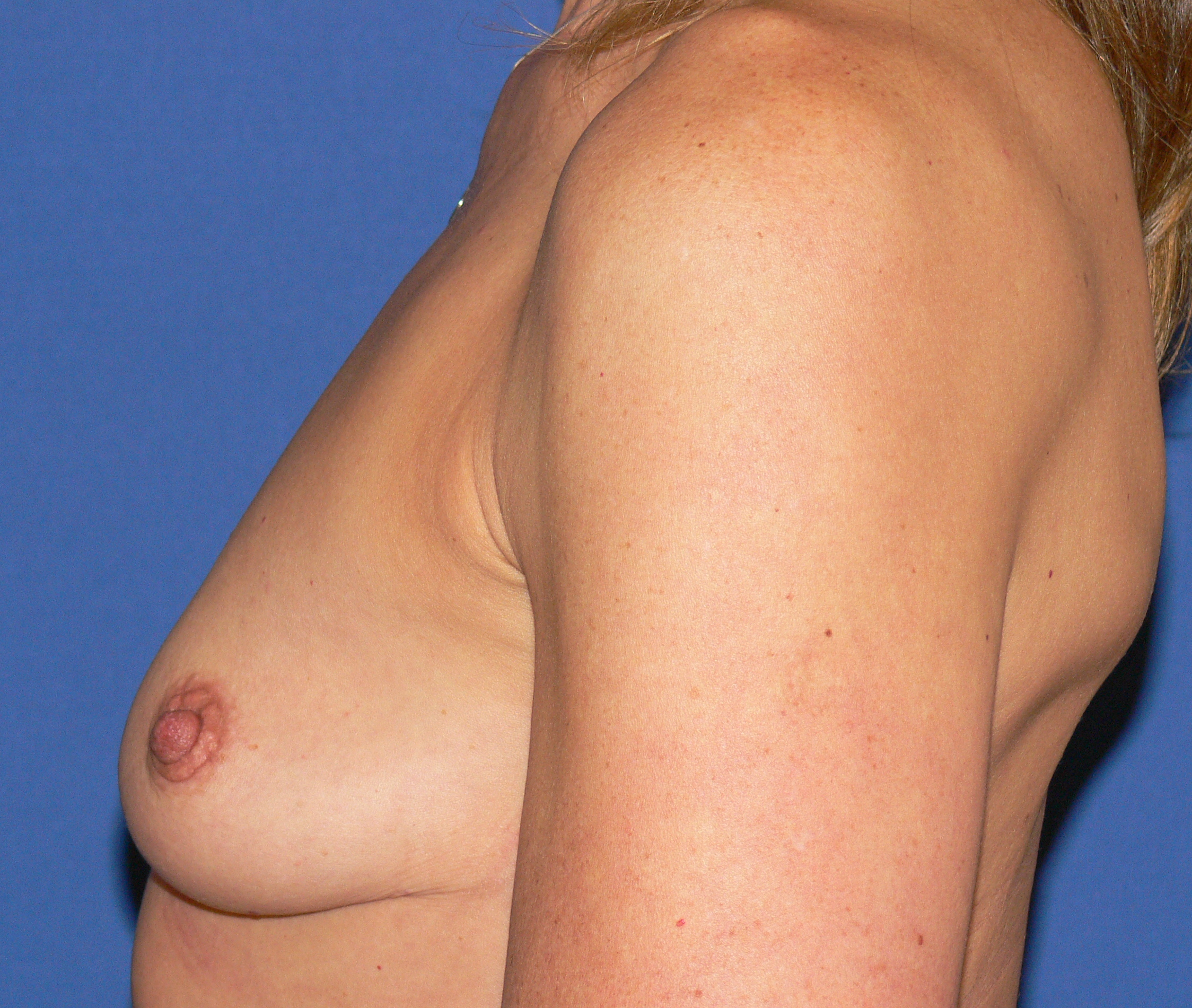
Before
